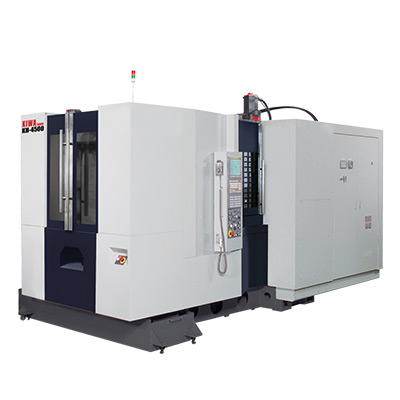automotive brake lines
Understanding Automotive Brake Lines Crucial Components for Vehicle Safety
When it comes to vehicle safety, few components are as critical as the braking system. Among the numerous parts that ensure a vehicle comes to a halt safely and effectively, brake lines play a pivotal role. These lines connect the brake pedal to the brake components at each wheel, allowing the driver to exert control over the vehicle's speed and stopping power. This article delves into the fundamentals of automotive brake lines, their construction, types, maintenance, and importance.
The Basics of Brake Lines
Brake lines are tubing systems designed to carry brake fluid under pressure from the master cylinder (located near the brake pedal) to the brake calipers or wheel cylinders at each brake. When the driver presses the brake pedal, the master cylinder generates hydraulic pressure, which travels through the brake lines to apply the brakes at each wheel. This hydraulic system is essential because it allows for an effective transfer of force, enabling even the heaviest vehicles to stop safely.
Types of Brake Lines
There are primarily three types of brake lines used in vehicles rubber hoses, steel lines, and stainless steel lines
.1. Rubber Hoses Typically used in flexible sections of the brake system, rubber hoses can withstand the constant flexing and movement that happens in vehicle suspension systems. However, they can degrade over time due to heat, moisture, and exposure to road contaminants, making regular inspection and replacement crucial.
2. Steel Lines Steel brake lines are rigid and are often used for sections that do not require flexibility. They are durable and resistant to punctures. However, they can corrode if exposed to moisture and road salt, which can lead to brake failure. Ensuring that these lines are in good condition is essential for maintaining safe braking.
automotive brake lines

3. Stainless Steel Lines An upgrade from traditional steel lines, stainless steel brake lines are resistant to corrosion while still providing the rigidity needed for effective braking. They can improve the feel of the pedal response, offering more precision, which is especially beneficial in high-performance vehicles.
Importance of Brake Line Maintenance
Maintaining brake lines is essential for vehicular safety. Regular inspections can help identify issues such as
- Corrosion Especially in steel lines, if rust or corrosion is detected, immediate replacement is necessary to avoid potential brake failure. - Leaks Brake fluid leaks can occur at connections or from damaged hoses, leading to reduced braking power. If the fluid level drops, it can lead to a spongy or ineffective brake pedal.
- Cracks or Bulges Rubber hoses can develop cracks or bulges due to age and wear. These irregularities can compromise the integrity of the brake system and should be replaced promptly.
Conclusion
In conclusion, automotive brake lines are a fundamental aspect of vehicle safety that should never be overlooked. They are the lifelines of the braking system, carrying hydraulic fluid under pressure to control the vehicle's stopping power. Understanding the types of brake lines, their maintenance requirements, and their importance can help vehicle owners ensure their brakes are functioning optimally. Regular inspections and timely replacements of worn-out components are crucial steps in maintaining a safe driving experience. Remember, the effectiveness of your vehicle's braking system directly influences your safety on the road, making it imperative to treat brake line care as a priority in automotive maintenance.
-
Ultimate Spiral Protection for Hoses & CablesNewsJun.26,2025
-
The Ultimate Quick-Connect Solutions for Every NeedNewsJun.26,2025
-
SAE J1401 Brake Hose: Reliable Choice for Safe BrakingNewsJun.26,2025
-
Reliable J2064 A/C Hoses for Real-World Cooling NeedsNewsJun.26,2025
-
Heavy-Duty Sewer Jetting Hoses Built to LastNewsJun.26,2025
-
Fix Power Steering Tube Leaks Fast – Durable & Affordable SolutionNewsJun.26,2025

